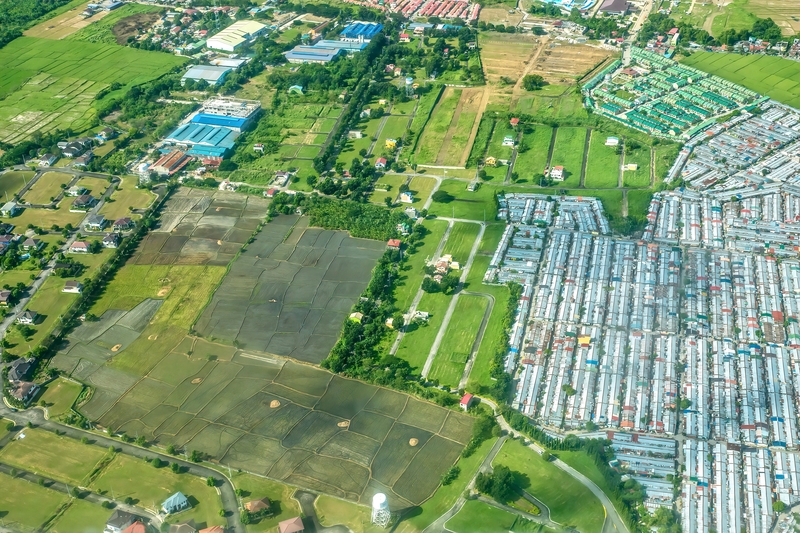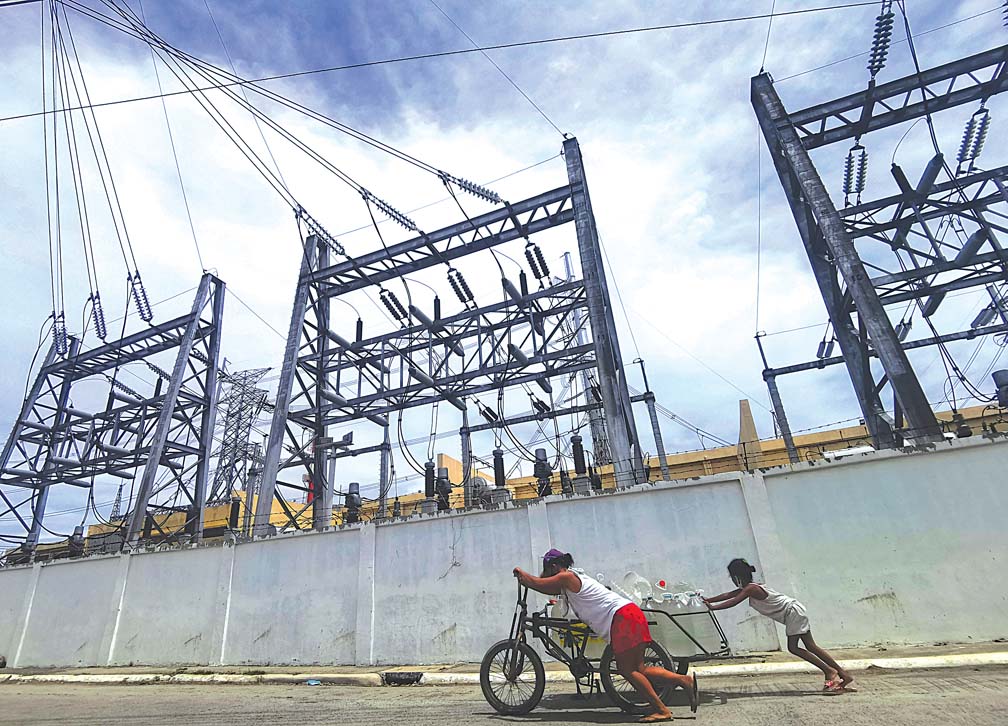While average Internet connection speed is increasing, a study finds that local telecom firms must continue to put up large capital costs and significant annual expenditures in order to maintain and upgrade the network infrastructure, as well as invest in new technologies and facilities.
An academic research paper by University of the Philippines (UP) Prof. Emeritus Epictetus Patalinghug, et al., called an Assessment of the Structure, Conduct and Performance of the Philippine Telecommunications Industry, explained that the rate of change of average Internet connection speed in the Philippines is increasing, this gap will soon be bridged by new investments in network facilities.
Data from content delivery network services provider Akamai showed that the average connection speed for fixed broadband in the Philippines in the second quarter of 2016 increased by 23 percent over the previous quarter. Mobile broadband fared even better, with almost twice the average connection speed of fixed broadband in the same period.
Akamai’s third quarter of 2016 report, on the other hand, showed further improvement as the Philippines’s average mobile Internet speed of 13.9 mbps for the July-to-September period was the fastest in the Asia-Pacific region.
Gaining more ground in broadband speed and service delivery will mean overcoming more barriers, however, among them the massive annual capital requirements to continually maintain and upgrade the network infrastructure. Philippine telecom firms’ investments in major infrastructure programs are expected to continue even beyond 2020.
In 2015 alone, capital expenditures amounted to 29 percent of PLDT and Globe’s total service revenues. This ranked second only to China’s 36 percent globally. In contrast, telecoms firms in the US spent only 14 percent of their revenues on network improvements in 2015.
For 2017, both PLDT and Globe have raised their capital expenditures for greater expansion of their networks and to improve their quality of service. PLDT reported that it plans to spend P40 billion for capital expenditures this year. The amount will be used for deploying additional frequencies, building up their fixed-line segment, and undertaking a major network expansion to improve the coverage and quality of its voice, SMS and mobile Internet, particularly its LTE service.
On the other hand, Globe disclosed that it had allotted about P38 billion for capital spending in 2017, mainly for deployments of LTE services using the 700-megahertz (MHz) and 2600-MHz frequencies, increased 3G capacities, further expansion of mobile coverage and deployment of fiber broadband technology for homes.
While local telecom firms’ capital expenditures have been increasing significantly, this has had an adverse effect on their profitability and cash-flow margins through the years. Both PLDT and Globe have, in fact, been earning below the average rate of returns when compared to those of top Philippine firms in other industries.
A look at return on assets (ROA) per industry from 1997 to 2014 shows that a department store, like SM, had an ROA of 14.42 percent, and a beer company, such as Asia Brewery, reached 12.13 percent, while PLDT and Globe recorded ROAs of only 9.18 percent and 6.70 percent, respectively.
The market and competitive analysis of the industry by the research paper points to fierce competition between Globe and PLDT, particularly in terms of price competition and the race to install and upgrade facilities. The market realities of capital intensity, sunk costs and economies of network size, therefore, result in lower profitability in the long run. These serve as barriers to entry for new players, especially in less populated “last-mile” areas whose infrastructure deployment cost is far higher compared to dense urban areas.
































